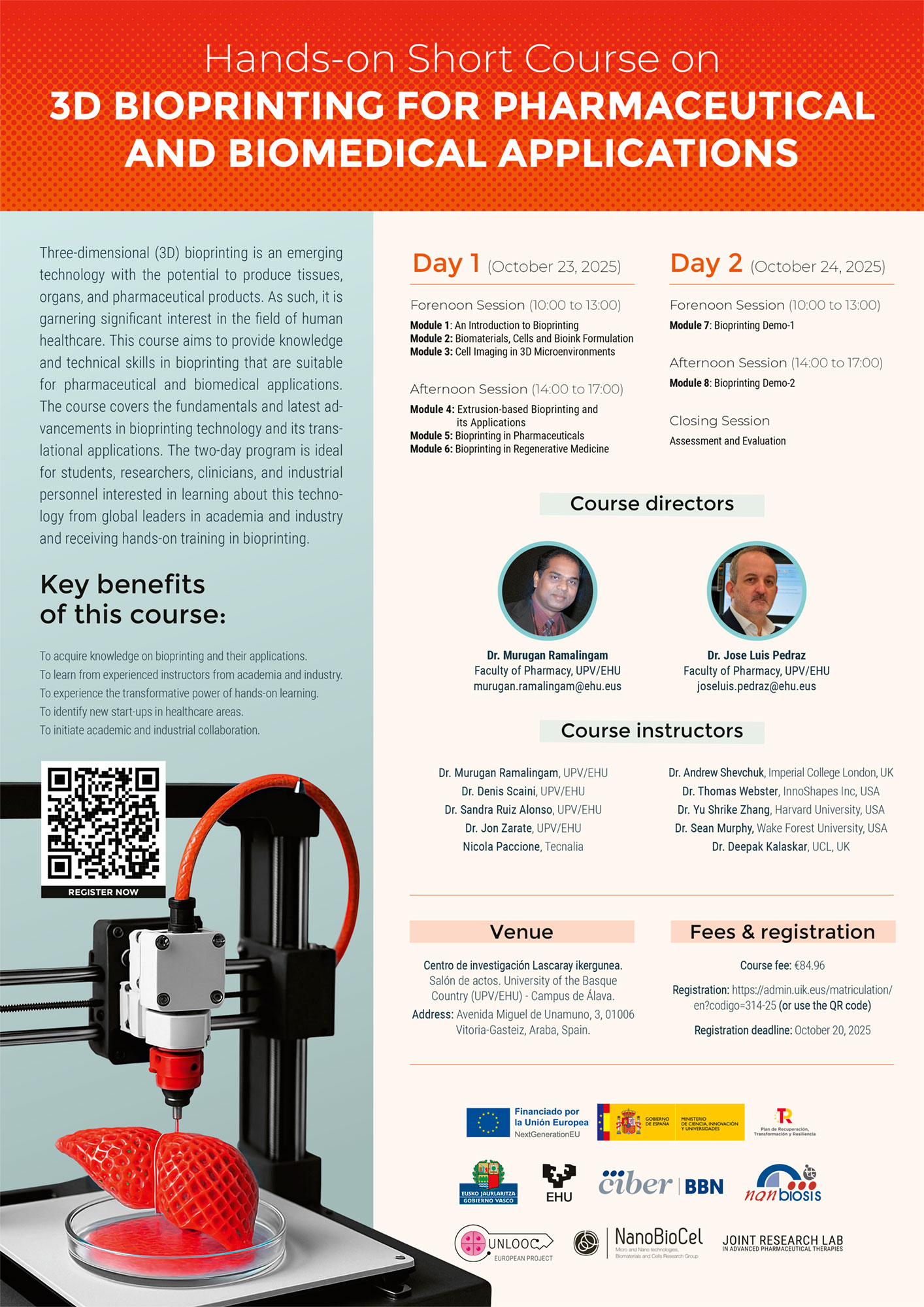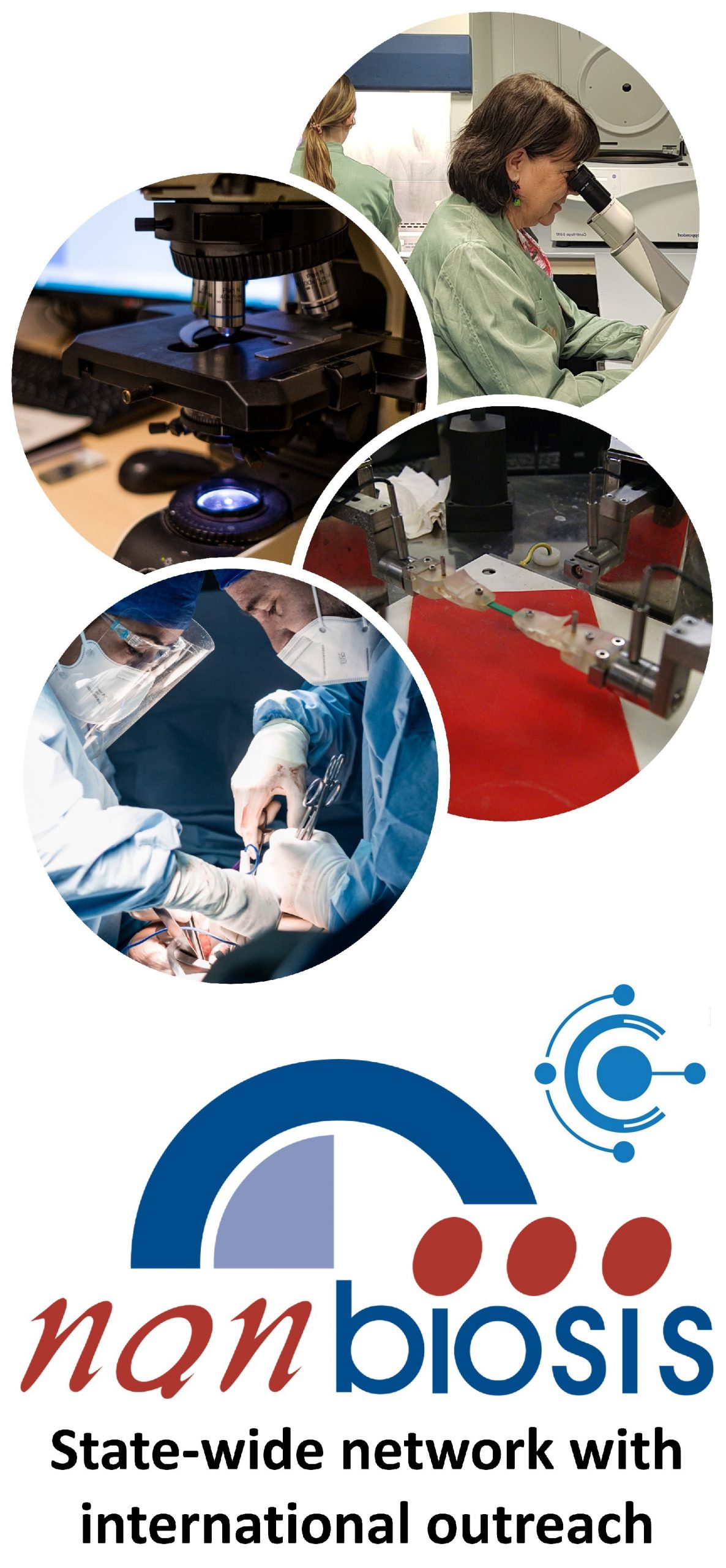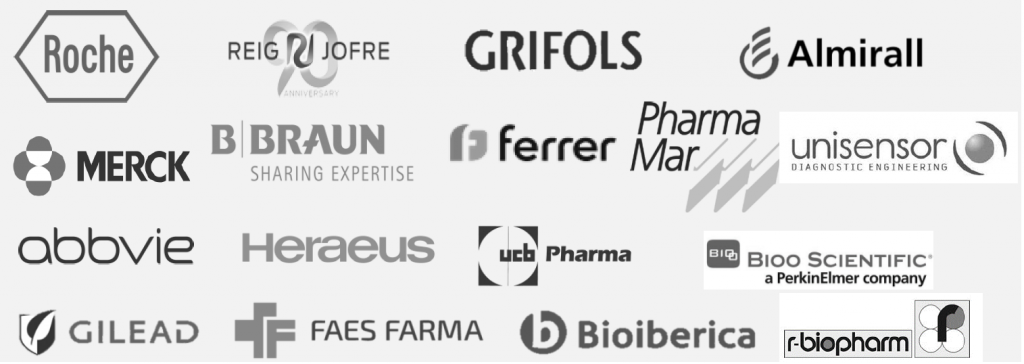
Hands-on 3D Bioprinting course at UPV/EHU on Oct 23–24, 2025, covers pharma and biomedical applications with expert-led demos and training.
Vitoria, September, 2025 — The University of the Basque Country (UPV/EHU) will host a Hands-on Short Course on 3D Bioprinting for Pharmaceutical and Biomedical Applications on October 23–24, 2025, at the Lascaray Ikergunea Research Center in Vitoria-Gasteiz. This training program is designed to provide participants with both fundamental knowledge and practical skills in 3D bioprinting, a rapidly emerging technology with applications in drug development, regenerative medicine, and biomedical research.
Program highlights
Over two days, the course will combine lectures and demonstrations by international experts from academia and industry. The program includes:
- Introduction to 3D bioprinting.
- Biomaterials, cells, and bioink formulation.
- Cell imaging in 3D microenvironments.
- Extrusion-based bioprinting and its applications.
- Bioprinting for pharmaceutical sciences.
- Bioprinting in regenerative medicine.
- Two live bioprinting demonstration sessions.
The course concludes with an assessment and evaluation session to consolidate learning.
International faculty
The course brings together a prestigious group of instructors, including:
- Dr. Murugan Ramalingam (UPV/EHU) – Course Director
- Prof. José Luis Pedraz (UPV/EHU) – Course Director
- Dr. Denis Scaini, Dr. Sandra Ruiz Alonso, and Dr. Jon Zarate (UPV/EHU),
- Nicola Paccione (Tecnalia)
- Dr. Andrew Shevchuk (Imperial College London, UK)
- Dr. Thomas Webster (InnoShapes Inc., USA)
- Dr. Yu Shrike Zhang (Harvard University, USA)
- Dr. Sean Murphy (Wake Forest University, USA)
- Dr. Deepak Kalaskar (UCL, UK)
NANBIOSIS Unit 10: Drug Formulation
This initiative is also aligned with the work of NANBIOSIS Unit 10: Drug Formulation, led by Prof. José Luis Pedraz, who serves as one of the course directors. Unit 10 provides advanced services in drug delivery systems, nanomedicine, and bioink development for pharmaceutical and biomedical applications. Through its cutting-edge infrastructure, the Unit supports both academic research and industrial projects, fostering innovation in personalized medicine and advanced therapies.
Practical details
- Dates: October 23–24, 2025
- Venue: Lascaray Ikergunea Research Center, UPV/EHU Campus de Álava, Vitoria-Gasteiz, Spain
- Fee: €84.96
- Registration deadline: October 20, 2025
- Register here: Official link for registration
This short course offers a unique opportunity to gain hands-on training in 3D bioprinting technologies, learn from global leaders, and explore future collaborations between academia and industry.
What is NANBIOSIS?
The goal of NANBIOSIS is to provide comprehensive and integrated advanced solutions for companies and research institutions in biomedical applications. All of this is done through a single-entry point, involving the design and production of biomaterials, nanomaterials, and their nanoconjugates. This includes their characterization from physical-chemical, functional, toxicological, and biological perspectives (preclinical validation).
Leading scientists
The main value of NANBIOSIS is our highly qualified and experienced academic scientists, working in public institutions, renowned universities and other research institutes.
Custom solutions
Designed for either scientific collaboration or the private industry, we adapt our services to your needs, filling the gaps and paving the way towards the next breakthrough.

Cutting-Edge facilities
Publicly funded, with the most advanced equipment, offering a wide variety of services from synthesis of nanoparticles and medical devices, including up to preclinical trials.
Standards of quality
Our services have standards of quality required in the pharmaceutical, biotech and medtech sectors, from Good Practices to ISO certifications.
In order to access our Cutting-Edge Biomedical Solutions with priority access, enter our Competitive Call here.
NANBIOSIS has worked with pharmaceutical companies of all sizes in the areas of drug delivery, biomaterials and regenerative medicine. Here are a few of them:









